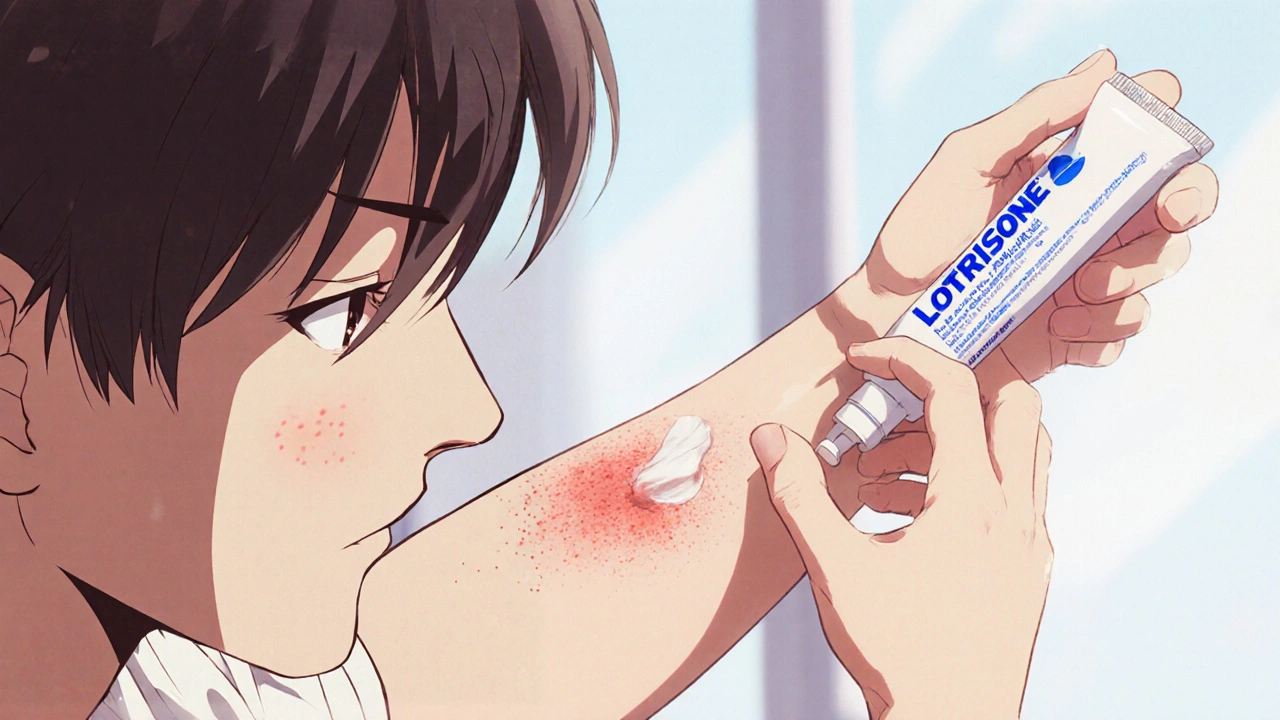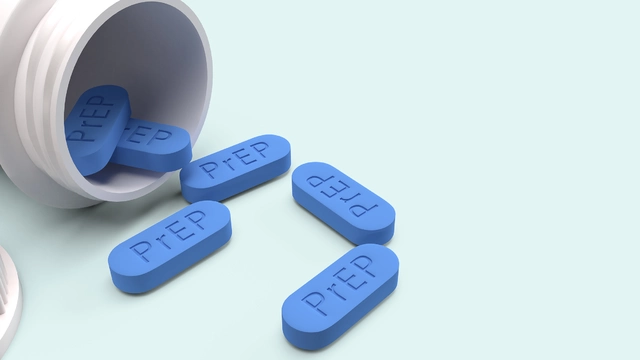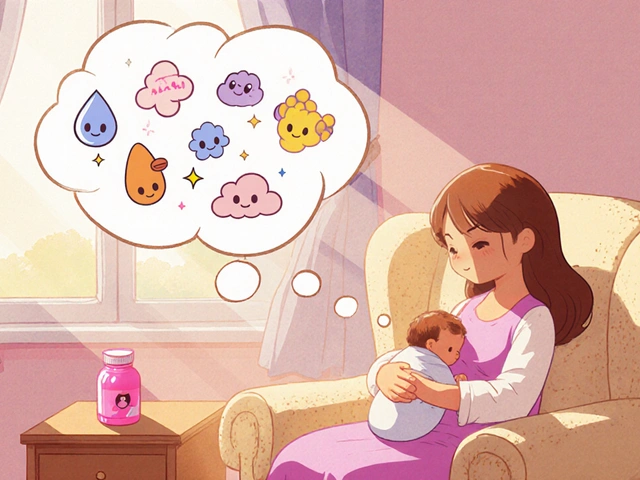Lotrisone: What It Is, How It Works, and Alternatives You Should Know
When you’re dealing with a stubborn fungal skin infection that’s also red, itchy, and inflamed, Lotrisone, a combination antifungal and steroid cream used to treat skin infections like athlete’s foot and ringworm. Also known as clotrimazole and betamethasone, it’s one of the few topical treatments that tackles both the fungus and the inflammation at the same time. Unlike plain antifungals that only kill the mold or yeast, Lotrisone cuts through the swelling and itching too—making it faster and more comfortable for many people.
It works because it’s two drugs in one tube: clotrimazole, an antifungal that stops fungus from growing, and betamethasone, a corticosteroid that reduces redness, swelling, and itching. This combo is especially useful when the skin is so irritated that even the infection itself is making it worse. But it’s not for every rash. If you’re using it for something that’s not fungal—like eczema or contact dermatitis—it won’t help and could make things worse. That’s why doctors usually want to confirm it’s a fungal infection before prescribing it.
People often ask if there are cheaper or simpler options. Yes. Plain clotrimazole cream works fine for mild cases. So does terbinafine or miconazole. But if your skin is burning, cracking, or flaking badly, the steroid in Lotrisone gives you quick relief you won’t get from antifungals alone. On the flip side, long-term steroid use can thin the skin, so it’s meant for short bursts—usually no more than two weeks. That’s why some doctors recommend starting with a plain antifungal, then switching to Lotrisone only if symptoms don’t improve.
What you’ll find below is a collection of real comparisons and practical guides on similar treatments. You’ll see how Lotrisone stacks up against other antifungal creams, why some people switch to oral meds, and what alternatives work better for specific skin types or conditions. There’s also advice on avoiding common mistakes—like using it on the face, or applying it too long. These aren’t theoretical tips. They come from real experiences people had with fungal infections, side effects, and what actually helped them get back to normal skin.

Lotrisone vs. Topical Antifungal Alternatives: Detailed Comparison
- Date: 26 Oct 2025
- Categories:
- Author: David Griffiths
A side‑by‑side look at Lotrisone versus common antifungal alternatives, covering ingredients, prescription status, costs and when to choose each.




